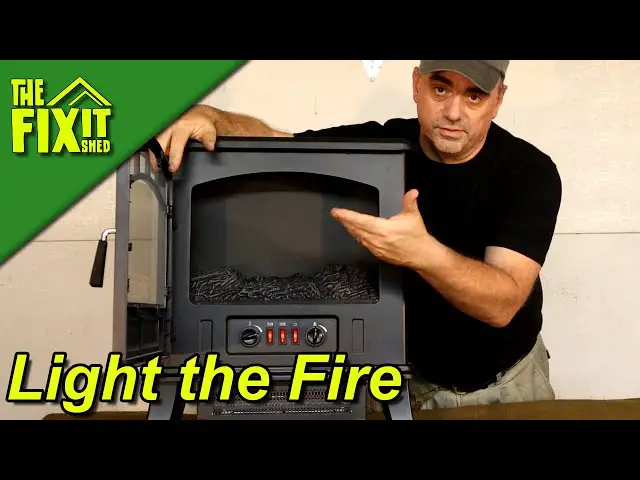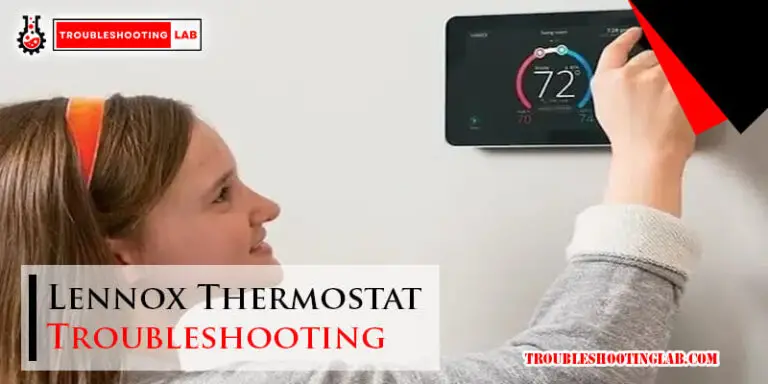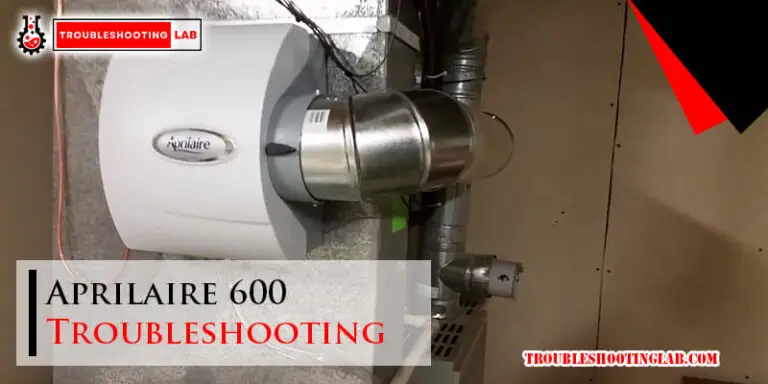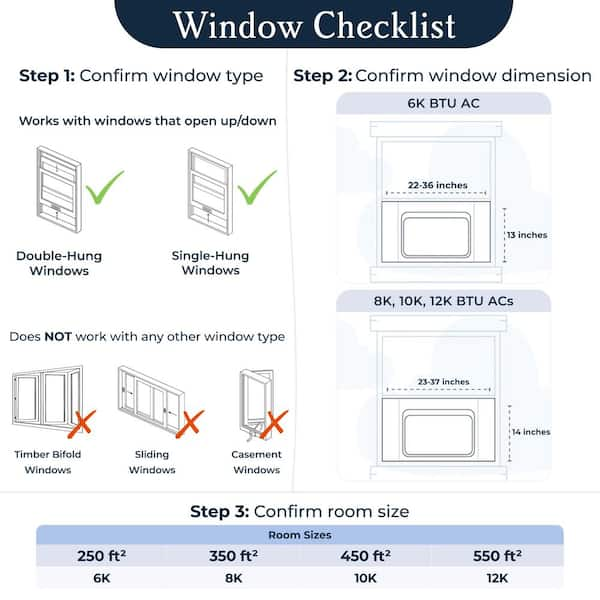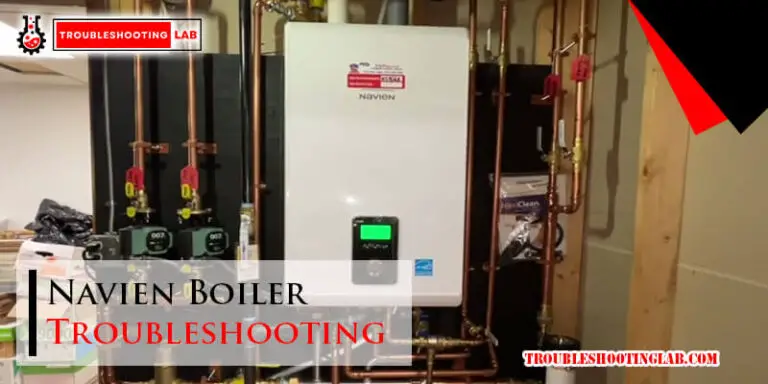Arctic Air Troubleshooting: Quick Fixes for Common Issues
Is your Arctic Air not working as it should? Don’t worry—you’re not alone.
When your trusted cooling companion starts acting up, it can be frustrating, especially on those scorching days when you need it most. But here’s the good news: many common issues with Arctic Air devices can be solved quickly and easily, without the need for professional help.
In this guide, we’ll walk you through the most common problems and simple solutions, so you can get your Arctic Air back to delivering that refreshing breeze you love. Stick around—you might just find the exact fix you’ve been searching for!

Common Problems With Arctic Air
Arctic Air is a popular solution for staying cool during those sweltering days. However, like any device, it’s not immune to problems. If your unit isn’t working as expected, don’t worry—you’re not alone. Let’s dive into some common issues and how you can fix them quickly.
1. Water Tank Leaks
One of the most frequent complaints is water leaking from the Arctic Air unit. This usually happens if the water tank isn’t seated properly. Make sure the tank clicks into place securely after filling it.
Also, check for any cracks or damage in the tank. Using filtered water can reduce mineral build-up that might cause leaks over time. Is your Arctic Air sitting on a flat surface? If it’s tilted, leaks are more likely to happen.
2. Weak Airflow
Weak airflow can make your Arctic Air feel like a fan instead of a cooling device. This often occurs when the filter is clogged with dust or debris. Pull out the filter and give it a good rinse under running water.
Sometimes, the water level in the tank is too low, which affects performance. Keep the tank at least half-full for optimal cooling. If the problem persists, check that the fan is spinning freely—obstructions can slow it down.
3. Unpleasant Odor
An unpleasant smell can ruin the experience of using Arctic Air. This usually happens when the filter hasn’t been cleaned in a while. A dirty filter can harbor bacteria or mold, especially if the unit hasn’t been dried properly after use.
To fix this, clean the filter thoroughly and let it dry completely before reinserting it. You can also add a small amount of vinegar to the water tank to kill odors. Do you leave water sitting in the tank for days? Empty it after each use to prevent any smell from developing.
4. Unit Not Turning On
If your Arctic Air won’t turn on, it’s easy to panic. But often, the solution is simple—check the power connection. Make sure the USB cable is securely plugged into both the unit and the power source.
If the issue isn’t the cable, try a different outlet or USB port. Sometimes, the problem is a drained battery if you’re using a rechargeable model. Keep the device charged to avoid downtime when you need it most.
5. Rapid Water Consumption
Does your Arctic Air seem to go through water too quickly? This could be due to high fan settings or an extremely dry room. Higher fan speeds use more water to keep the air cool and moist.
Consider lowering the fan speed to conserve water. Adding a small humidifier in the room can also help reduce how much water the Arctic Air uses. Are you overfilling the tank? Stick to the recommended level for better control.
By addressing these common problems, you’ll not only extend the life of your Arctic Air but also improve its performance. Have you experienced any of these issues? Try these tips and see the difference they make!
Unit Not Turning On
Experiencing issues with your Arctic Air unit not turning on can be frustrating. Before assuming the device is broken, it’s essential to troubleshoot common causes. Many times, simple fixes can restore the functionality of your unit. Let’s explore practical steps to get your Arctic Air running again.
Checking The Power Source
Ensure the Arctic Air is connected to a reliable power source. Verify the outlet is functional by plugging in another device. If the outlet works, the issue might be with the Arctic Air unit itself. Avoid using power strips or extension cords during testing, as these can sometimes interfere with proper power delivery.
Inspecting The Power Cord
Examine the power cord for visible damage or wear. Look for frayed wires, bends, or cuts that might prevent electricity from reaching the unit. If damage is visible, stop using the device immediately. A damaged cord could pose safety risks and should be replaced promptly.
Resetting The Device
Resetting can resolve minor technical glitches. Disconnect the Arctic Air from its power source. Wait for about 30 seconds before reconnecting the device. Turn it back on to see if the issue persists. If it still doesn’t work, consult the user manual for specific reset instructions or troubleshooting tips.
Weak Airflow Issues
Struggling with weak airflow from your Arctic Air cooler? It’s frustrating when your unit isn’t delivering the cooling relief you expect, especially on a hot day. The good news is, in most cases, weak airflow is an easy fix with a little maintenance.
Cleaning The Air Vents
Dust and debris can build up in the air vents over time, blocking airflow. Make it a habit to check these vents weekly. Use a soft brush or a can of compressed air to gently clean out any obstructions.
If the vents are particularly dirty, wipe them with a damp cloth. Just make sure the unit is powered off before you start cleaning. A cleaner vent means smoother airflow and better cooling performance.
Replacing The Filter
A clogged or worn-out filter can choke the airflow in your Arctic Air cooler. Check your filter regularly for any signs of dirt or wear. If it looks grimy, it’s time for a replacement.
Replacement filters are usually inexpensive and easy to install. Swap out your old filter, and you’ll likely notice an immediate improvement in airflow. A fresh filter also helps maintain good air quality in your space.
Ensuring Proper Water Levels
Your Arctic Air cooler depends on the right water level to function properly. If the water tank is too low, the unit may struggle to produce cool airflow. Check the water reservoir frequently, especially during extended use.
Add water as needed, but don’t overfill the tank. Overfilling can lead to leaks or other issues. Keeping the water level balanced ensures your cooler runs efficiently.
Have you tackled weak airflow issues before? What worked for you? Share your tips in the comments and help others get the most out of their Arctic Air coolers!
Unusual Noise During Operation
Is your Arctic Air making strange noises during operation? It’s frustrating, isn’t it? That soft hum you’re used to has turned into clanking, whirring, or even an annoying rattle. Don’t panic—this is often a sign that something small needs fixing. Let’s go over a few practical troubleshooting steps to quiet things down and bring your unit back to its smooth operation.
Tightening Loose Components
Over time, screws and other components inside your Arctic Air unit can loosen due to constant vibrations. A loose screw may cause rattling or clicking sounds. Use a small screwdriver to check and tighten any visible screws, especially around the casing and fan area.
Focus on the screws near the fan housing, as they’re often the culprits. But don’t overtighten—you want them snug, not stripped. A quick five-minute check could save you hours of frustration later.
Inspecting The Fan Blades
Fan blades are another common source of unusual noise. Dust or debris can get caught in them, or they might be slightly bent. Turn off your Arctic Air and inspect the blades carefully.
If you see dust, clean it off gently with a soft cloth. If the blades seem misaligned, try adjusting them carefully. A bent blade may wobble and create noise, so ensure they spin freely without hitting anything.
Addressing Water Pump Noise
The water pump inside your Arctic Air is crucial for its cooling function, but it can sometimes get noisy. This often happens if the water level is too low or the pump itself needs cleaning. Check the water tank to ensure it’s adequately filled.
If the noise persists, remove the pump and clean it with a soft brush to remove any buildup. A clean pump runs more smoothly and quietly, giving you the peace of mind you need. Have you checked your pump lately?
By tackling these three areas—loose components, fan blades, and the water pump—you can often eliminate those annoying noises. Try these quick fixes and see if your Arctic Air starts running as quietly as it should.
Leaking Water Problems
Nothing disrupts your Arctic Air’s performance faster than discovering a pool of water where there shouldn’t be one. Leaking water is frustrating, but fixing it doesn’t have to be complicated. By narrowing down the possible causes, you can often resolve the issue in minutes. Let’s tackle this step-by-step.
Checking For Overfilled Reservoir
One common cause of leaks is an overfilled reservoir. If you’ve added water beyond the maximum level, it can spill out during operation. Always check the fill line before adding water.
Empty the reservoir completely, then refill it slowly. Use a measuring cup if needed to prevent overfilling. This small adjustment can save you from messy cleanup later.
Inspecting The Water Tank Seal
A worn-out or damaged seal around the water tank might be the culprit. Over time, seals can crack or lose their snug fit, leading to leaks. Examine the seal closely for any visible damage.
Replace the seal if you notice wear and tear. Most replacement seals are affordable and easy to find online or at local stores. A tight seal ensures the water stays where it’s supposed to be.
Ensuring Proper Placement
Placement matters more than you might think. If your Arctic Air isn’t level, water can shift and leak out unexpectedly. Make sure it’s positioned on a flat, stable surface.
Check for any tilts or unevenness by using a simple level tool or even a ruler. Adjust the placement until the unit sits evenly. This small step can make a big difference in preventing leaks.
Have you noticed water pooling more often lately? It could be one of the issues above. Addressing these problems early keeps your Arctic Air running smoothly and saves you time and hassle. Don’t let a minor leak turn into a major headache!
Cooling Efficiency Drops
Is your Arctic Air not cooling as effectively as before? A drop in cooling efficiency can be frustrating, especially during warm days. The good news is, this issue is often fixable with a few simple steps. Let’s explore some practical troubleshooting methods to restore its cooling power.
Using Cold Water Or Ice Packs
The Arctic Air relies on water to produce cool air. Warm water can reduce its efficiency. Always fill the tank with cold water to maximize performance. For a stronger cooling effect, place ice packs in the water tank. This enhances the cooling output and helps lower the surrounding temperature faster.
Adjusting Fan Speed Settings
The fan speed plays a significant role in cooling efficiency. If the cooling feels weak, check the fan settings. Set it to high for a stronger airflow and faster cooling. Use lower fan speeds for a more gentle, longer-lasting cooling effect. Experiment with different levels to find what works best for your space.
Cleaning The Cooling Pads
Dirty cooling pads can block airflow and reduce efficiency. Check the pads regularly for dust or mineral buildup. Rinse them under running water to remove debris. Allow them to dry completely before reinserting them. Clean cooling pads improve airflow and restore the device’s cooling performance.
Device Shutting Off Unexpectedly
Unexpected shutdowns can be frustrating, especially when your Arctic Air device stops working just as you’re starting to cool down. Whether it’s during a sweltering summer afternoon or while you’re trying to sleep, understanding why your device shuts off can save you time and keep your cool intact. Let’s tackle some common causes and solutions to get your device back on track.
Checking Timer Settings
Did you know that many Arctic Air devices come with a built-in timer feature? If your device shuts off unexpectedly, the timer might be set to turn it off after a certain period. This can happen accidentally, especially if you recently adjusted the settings.
- Check the timer button on your device. Is it activated?
- Reset the timer to zero or disable it altogether.
- Test if the device stays on after adjusting the timer settings.
Sometimes, you might forget you’ve set a timer. Double-checking the settings can save you from unnecessary frustration.
Inspecting For Overheating
Your Arctic Air device is designed to be compact and efficient, but overheating can cause it to shut off. This often happens when the device is running for long hours or placed in a poorly ventilated area.
- Feel the surface of the device—does it seem unusually warm?
- Ensure there’s enough space around the unit for airflow. Avoid placing it near walls or tight corners.
- Clean the air filters regularly. Dust buildup can block airflow and contribute to overheating.
Overheating doesn’t just cause shutdowns; it can shorten the lifespan of your device. Treat it with care to keep it running smoothly.
Ensuring Stable Power Supply
Power interruptions or unstable connections can cause your Arctic Air device to turn off unexpectedly. It’s worth investigating whether your power source is reliable.
- Plug the device into a different outlet to rule out issues with the current socket.
- Check if the cord or adapter is damaged. Look for frayed wires or loose connections.
- Consider using a surge protector to prevent sudden voltage spikes.
Ask yourself: are other devices in the same outlet experiencing similar issues? If yes, the problem might be with your power source rather than the Arctic Air unit.
By addressing these common causes, you can minimize unexpected shutdowns and enjoy a seamless cooling experience. Which step will you try first to troubleshoot your Arctic Air device?

Maintenance Tips For Arctic Air
Proper maintenance keeps your Arctic Air running efficiently and prolongs its lifespan. Regular care also ensures optimal cooling performance during warmer months. Follow these simple maintenance tips to avoid common issues.
Regular Cleaning Schedule
Dust and dirt can clog your Arctic Air and reduce airflow. Clean the device weekly to maintain efficiency. Use a soft cloth to wipe the exterior. Remove and rinse the filter under running water. Allow the filter to dry completely before reinserting it. Avoid using harsh chemicals or abrasive materials during cleaning.
Replacing Worn-out Components
Old or damaged parts can affect the device’s performance. Inspect the filter for wear and tear regularly. Replace it if you notice discoloration or damage. Order compatible replacement filters to ensure proper fit. Check the water tank for leaks or cracks. Replace faulty components immediately to prevent further issues.
Storing The Device Properly
Correct storage prevents damage during non-use periods. Empty the water tank before storing your Arctic Air. Dry all parts thoroughly to avoid mold growth. Store the device in a cool, dry place away from direct sunlight. Cover it with a cloth or protective case to keep dust away. Avoid stacking heavy items on top of the unit.

Conclusion
Regular maintenance keeps your Arctic Air running smoothly. Clean filters prevent clogs and ensure better airflow. Always check power connections to avoid unexpected shutdowns. Follow the manual for proper usage and troubleshooting tips. Small issues, like water leaks or noise, often have simple fixes.
Stay attentive to unusual signs and address them early. For major problems, contacting customer support is the safest option. Consistent care extends the life of your device. A well-maintained unit provides reliable cooling when you need it most. Keep it simple, and your Arctic Air will perform its best.


